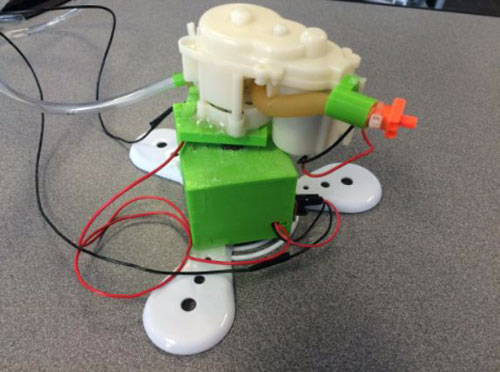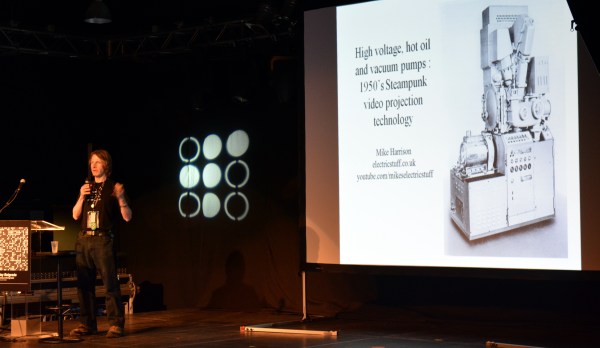Look up ‘concrete lathe’ and you’ll quickly find yourself reading the works of [David Gingery]. His series of books on building a machine shop from scrap begin with a charcoal foundry, and quickly move to creating a metal lathe out of concrete. Before [Gingery]’s lathe, around the time of World War I, many factories created gigantic machine tools out of concrete. It’s an old idea, but you’ll be hard pressed to find anyone with a shop featuring concrete machine tools. Cheap lathes are plentiful on Craigslist, after all.
Building a metal lathe from concrete is more of a challenge. This challenge was recently taken up by [Curt Filipowski] in a five part YouTube series that resulted in a real, working lathe made out of concrete, scrap, and a lot of bolts.
The concrete lathe begins with a form, and for this [Curt] cut out all the parts on a CNC router. Creating the form isn’t quite as simple as you would think – the concrete form included several bolts that would alow [Curt] to bolt bearings, ways made out of gas pipe, and angle iron. This form was filled with concrete in [Curt]’s kitchen, and after a nice long cure, the lathe was moved up to the upstairs shop. That’s a five hundred pound block moved up a flight of stairs by a single person.
The rest of the build deals with the cast concrete carriage which rides along the polished gas pipe ways, a tool post holder milled out of a block of aluminum, and finally making some chips. While it’s not the most practical lathe – the carriage moves along the ways by turning a wheel underneath the tailstock – it does demonstrate a concrete lathe is possible.






















